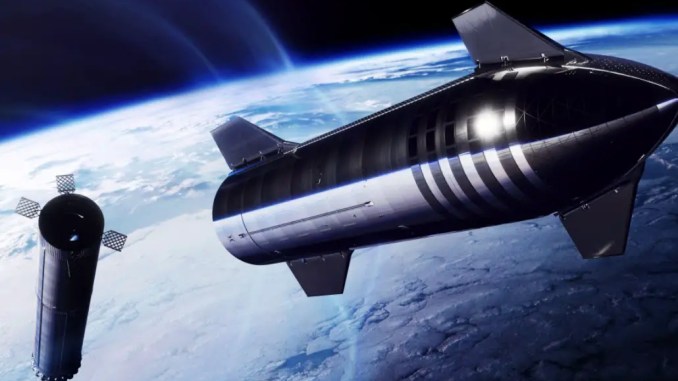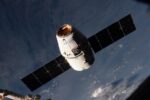The SpaceX Starship’s first launch with the Super Heavy rocket will have to wait a bit longer. The Federal Aviation Administration has yet to approve Elon Musk’s plans to conduct an orbital test flight from the company’s southeast Texas launch pad. That will not happen until the FAA discloses the findings of a final Programmatic Environmental Assessment, which was supposed to be completed by the end of 2021 but has been delayed many times.
The FAA said on Friday that the report’s scheduled publication date will be pushed out to April 29. The evaluation was supposed to be released on March 28, but the FAA stated in a statement that it was still analyzing and coordinating the final version with local, state, and federal authorities before releasing it.
That assessment is not a guarantee that SpaceX would be allowed to fly, as Musk and others have said that it might open the door for a more thorough Environmental Impact Statement, or EIS, delaying any Texas launch ambitions into 2022. If an EIS is issued, Musk has said that the Starship launch might be moved to Kennedy Space Center in Cape Canaveral, Florida, where work on gear to support the new rocket from KSC’s Launch Pad 39-A, which currently hosts SpaceX’s Falcon 9 and Falcon Heavy launches.
Musk stated in February that he still expects the world’s most powerful rocket to make its inaugural flight by the end of the year, even if it needs to relocate to Florida. So far, the business has flown prototype Starships without the rocket to a height of around 6 miles and attempted landings in Texas, with varying degrees of success. Only three or fewer of the new, powerful Raptor engines were employed in those. The orbital version will be paired with a Super Heavy booster, which will have 39 Raptor engines, 33 on the booster, and six on the Starship.
Even if SpaceX were to get FAA certification, the firm said that it will be transitioning to new Raptor engines, thus there is not a rocket ready to launch.
If the next test flight takes off from Texas, the plan is to launch a stacked version of Starship and Super Heavy, separate them, and land the booster on a SpaceX vessel 20 miles offshore in the Gulf of Mexico while Starship achieves orbit for at least one trip around the Earth before landing in the Pacific Ocean.
Texas will continue to be SpaceX’s primary site for Starship testing.
“We did not want to disturb the Cape activities — the operational launches — with the advance R&D of Starship since we have a lot of launches happening out of the Cape,” Musk stated in February. “As a result, it was critical to separate operational and R&D launches.” That is why we have arrived here.”
SpaceX expects to launch at least 50 rockets from its KSC, Cape Canaveral Space Force Station, and Vandenberg Space Force Station locations in 2022, making it the busiest year ever for its current rocket fleet. SpaceX Falcon 9s are scheduled to launch with Crew Dragon capsules on two trips to the International Space Station within the next month. As a result, a move to KSC for Starship testing might be difficult.
The Starship and Super Heavy combination would produce more than 16 million pounds of force when launched. This roughly doubles the capability of NASA’s planned Artemis missions and is more than twice the capability of the Apollo missions.
Starship’s immediate ambitions include delivering Starlink satellites to add to the company’s burgeoning fleet of broadband satellites, as well as developing a version to aid NASA in returning people to the moon by 2025. A tourist voyage to circle the moon is also planned, which will be financed by a Japanese fashion entrepreneur and will include numerous artists.
However, the primary goal of its development is to ultimately assist in the establishment of a self-sustaining colony on Mars.




